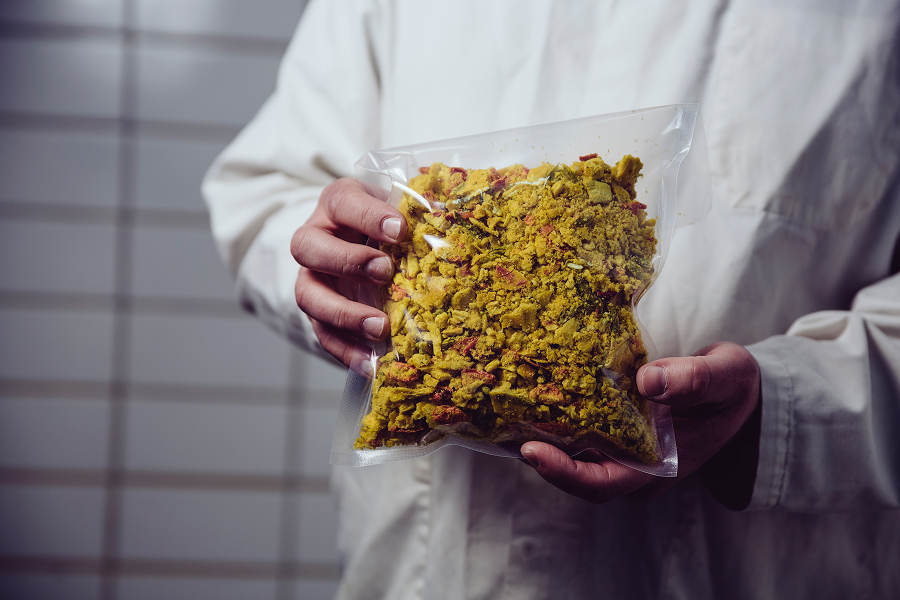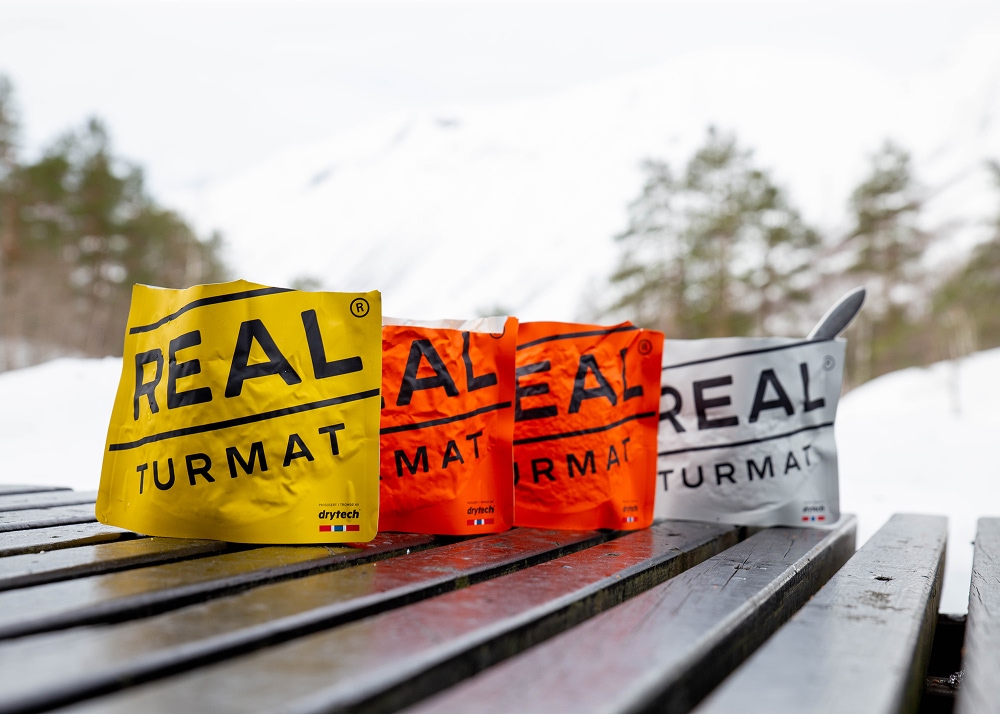Your cart is currently empty!
Exploring ultra-processed food topic and what it involves
In this article we explore what ultra-processed food means and how it relates to freeze-dried meals. While freeze-drying is an industrial process, using whole ingredients and avoiding artificial additives helps keep the final product nutritious and minimally processed.
Published

In this article we explore what ultra-processed food means and how it relates to freeze-dried meals. While freeze-drying is an industrial process, using whole ingredients and avoiding artificial additives helps keep the final product nutritious and minimally processed.
What is ultra-processed food?
Ultra-processed foods (UPFs) are foods that undergo significant industrial processing beyond traditional cooking or preservation methods. The NOVA classification system categorizes foods based on the extent of processing, and UPFs represent the most heavily altered category. While freeze-dried food is often categorized outside of UPFs, there are arguments to be made for including it in this category.
Identifying ultra-processed foods
UPFs are characterized by their extensive processing, which involves:
- Combining both natural and synthetic substances to create new formulations.
- Breaking down whole foods into isolated ingredients (e.g., refining grains or extracting oils and sugars).
- Chemical modification of components (e.g., hydrogenation of oils, hydrolysis of proteins).
Common processing methods include:
- Extracting food components: For example, turning corn into high-fructose corn syrup.
- Chemical alterations: Such as hydrogenating vegetable oils to create trans fats.
- Addition of artificial ingredients: Including sweeteners, emulsifiers, colorings, and preservatives to enhance texture, taste, and shelf stability.
Why are ultra-processed foods made?
- Profitability: UPFs are often produced using cheap raw materials and have long shelf lives, making them highly profitable for manufacturers.
- Convenience: They require little to no preparation, appealing to consumers with busy lifestyles.
- Palatability: Engineered flavors and textures make them highly appealing and easy to overconsume, potentially replacing healthier whole foods.
How to recognize ultra-processed foods
- Long ingredient lists: Containing substances not commonly found in home kitchens, such as high-fructose corn syrup, hydrogenated oils, or hydrolyzed proteins.
- Presence of artificial additives: Including emulsifiers, artificial flavors, colorings, or preservatives designed to enhance taste, texture, or appearance.
Does freeze-dried food fall into this definition?
While the NOVA classification system does not generally categorize freeze-dried food as ultra-processed, there are aspects of freeze-drying that could align with the characteristics of UPFs.
Arguments for freeze-dried food being ultra-processed
- Industrial processing: Freeze-drying is an advanced industrial process that significantly alters food by removing nearly all moisture under controlled conditions.
- Shelf stability: Similar to UPFs, freeze-dried food is designed for a long shelf life, which can be seen as a form of heavy modification.
- Reconstitution: Freeze-dried meals often require water to regain their original texture and flavor, a characteristic shared with some ultra-processed foods that require rehydration or mixing before consumption.
- Ingredient formulations: While many freeze-dried meals use whole ingredients, some products contain added flavors, stabilizers, or preservatives to enhance taste and performance, which aligns with UPF characteristics.
Arguments against freeze-dried food being ultra-processed
- Minimal chemical modification: Unlike UPFs, freeze-dried food does not involve hydrogenation, hydrolysis, or synthetic chemical alterations.
- Whole food retention: Many freeze-dried products, including those from REAL Outdoor Food, consist of whole ingredients without unnecessary additives.
- No artificial enhancements: Pure freeze-dried meals retain their original nutrient content and do not rely on artificial flavorings or emulsifiers for texture.
How does REAL Meals compare to ultra-processed foods:
- No artificial additives: We do not add artificial ingredients to our meals. However, in rare cases, a tiny amount may be present in products we source from our suppliers.
- High-quality ingredients: Unlike UPFs that rely on cheap raw materials, we prioritize Norwegian meat and fish, and we strive to use locally sourced ingredients whenever possible.
- No preservatives or stabilizers: We do not use preservatives or stabilizers to alter the texture or shelf life of our food. While some minor amounts may be found in specific ingredients sourced from suppliers, our core philosophy is to keep our food as clean and minimally processed as possible. The long shelf life of our products is the result of our packaging technology.
- Ingredient-driven quality: Instead of using additives to enhance appearance and taste, we rely on real, high-quality ingredients to create meals that are both nutritious and delicious.
We actively work with our suppliers to reduce or eliminate unnecessary additives in the ingredients we source. By using our purchasing power, we continuously push for cleaner, more whole products. Ensuring that our meals remain as close to their original form as possible while maintaining the highest standards.
We also recognize that research on ultra-processed foods is still evolving. We encourage our customers to challenge us on the products we make and hold us accountable for the meals they love.


